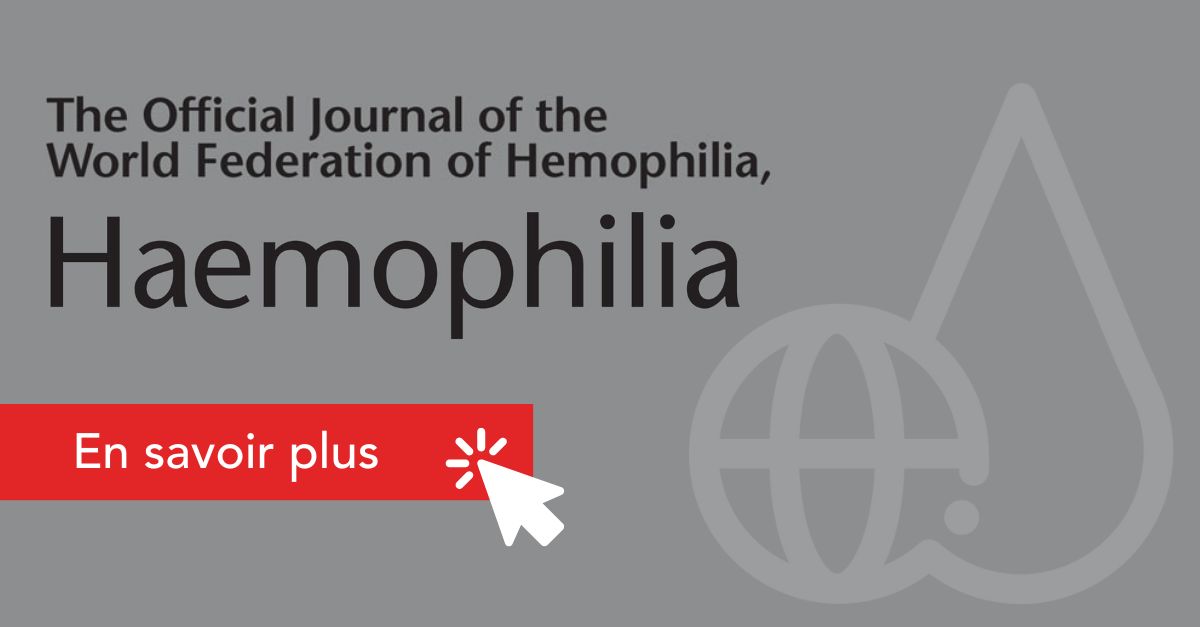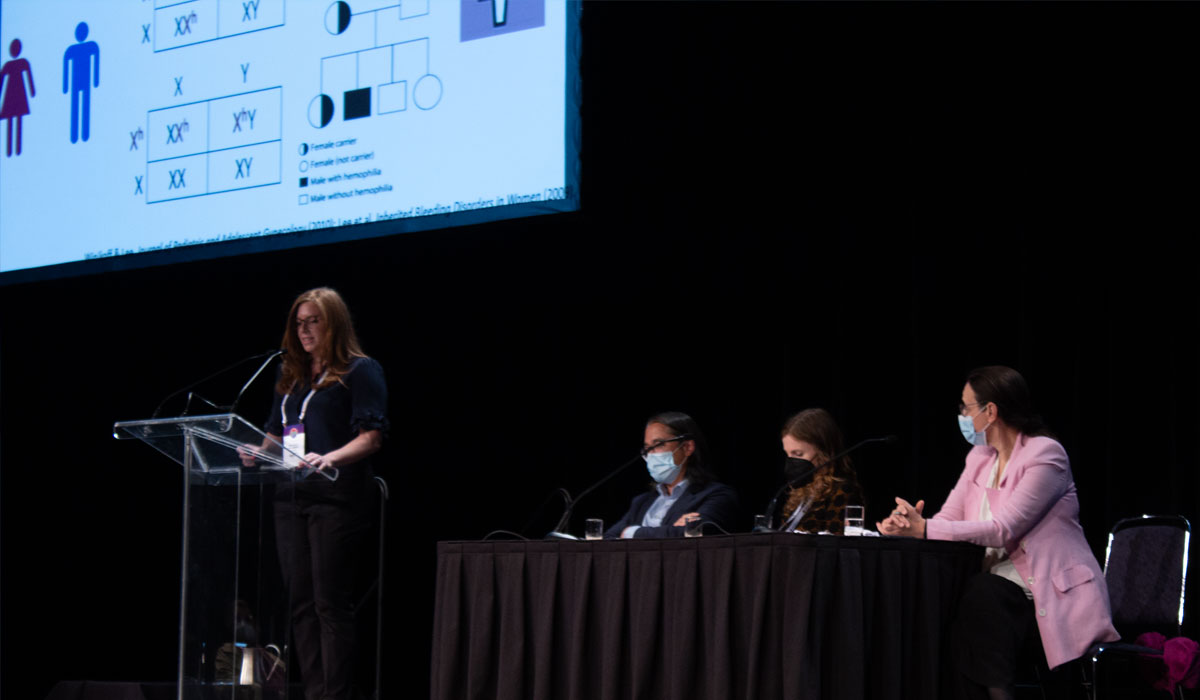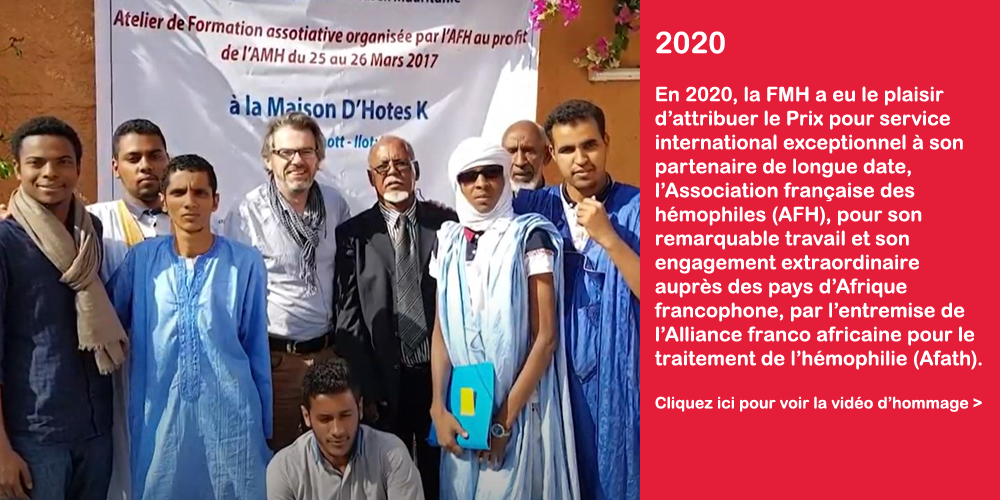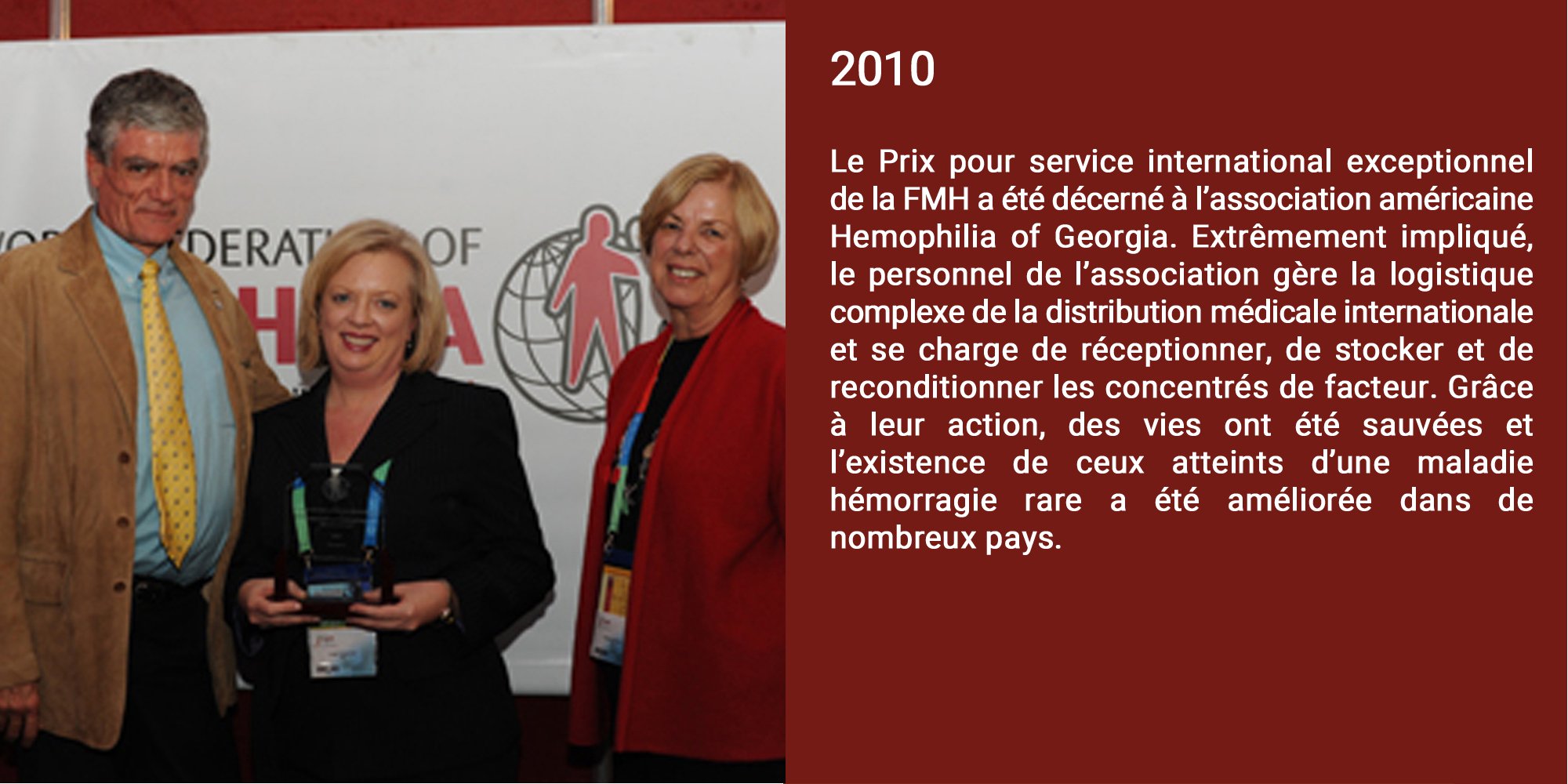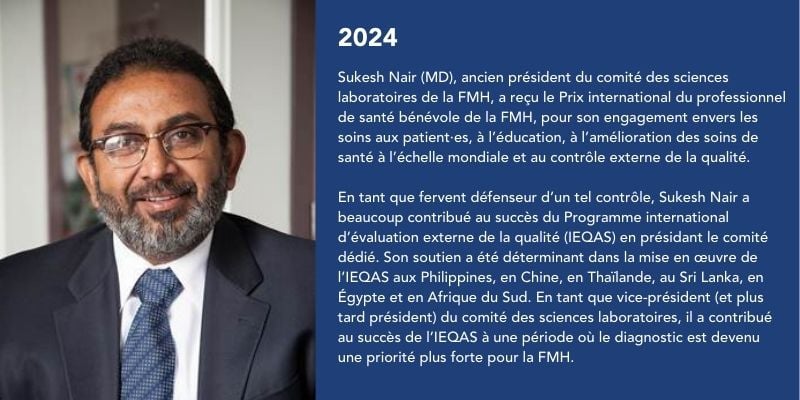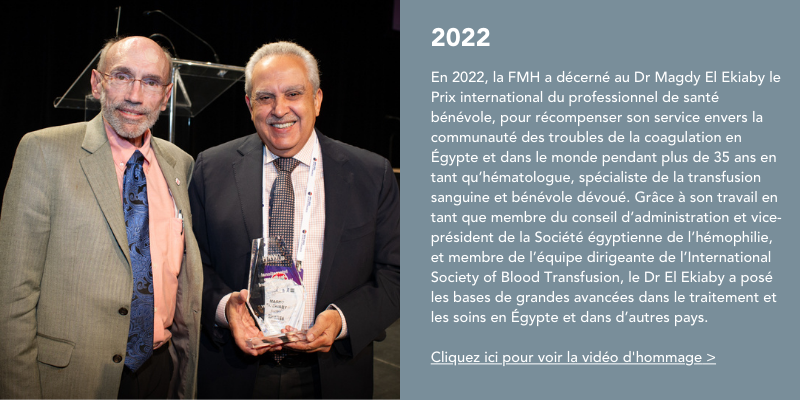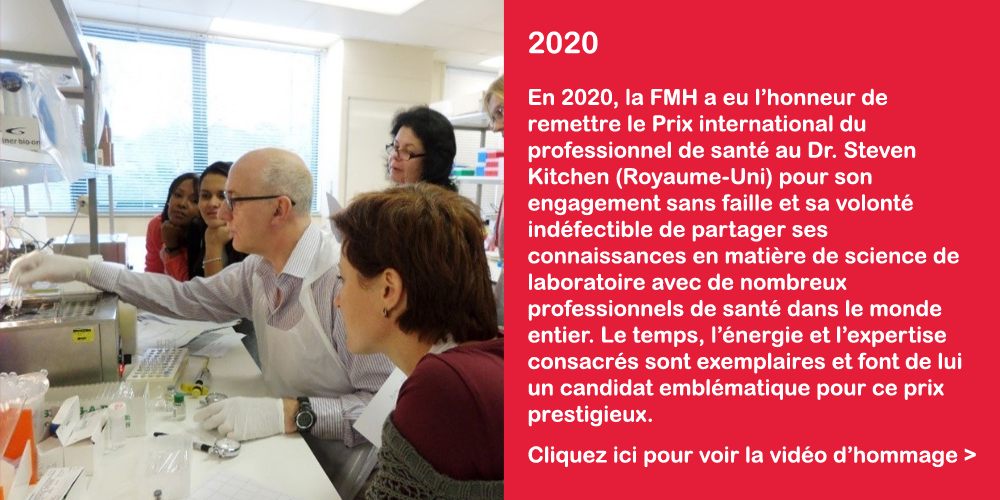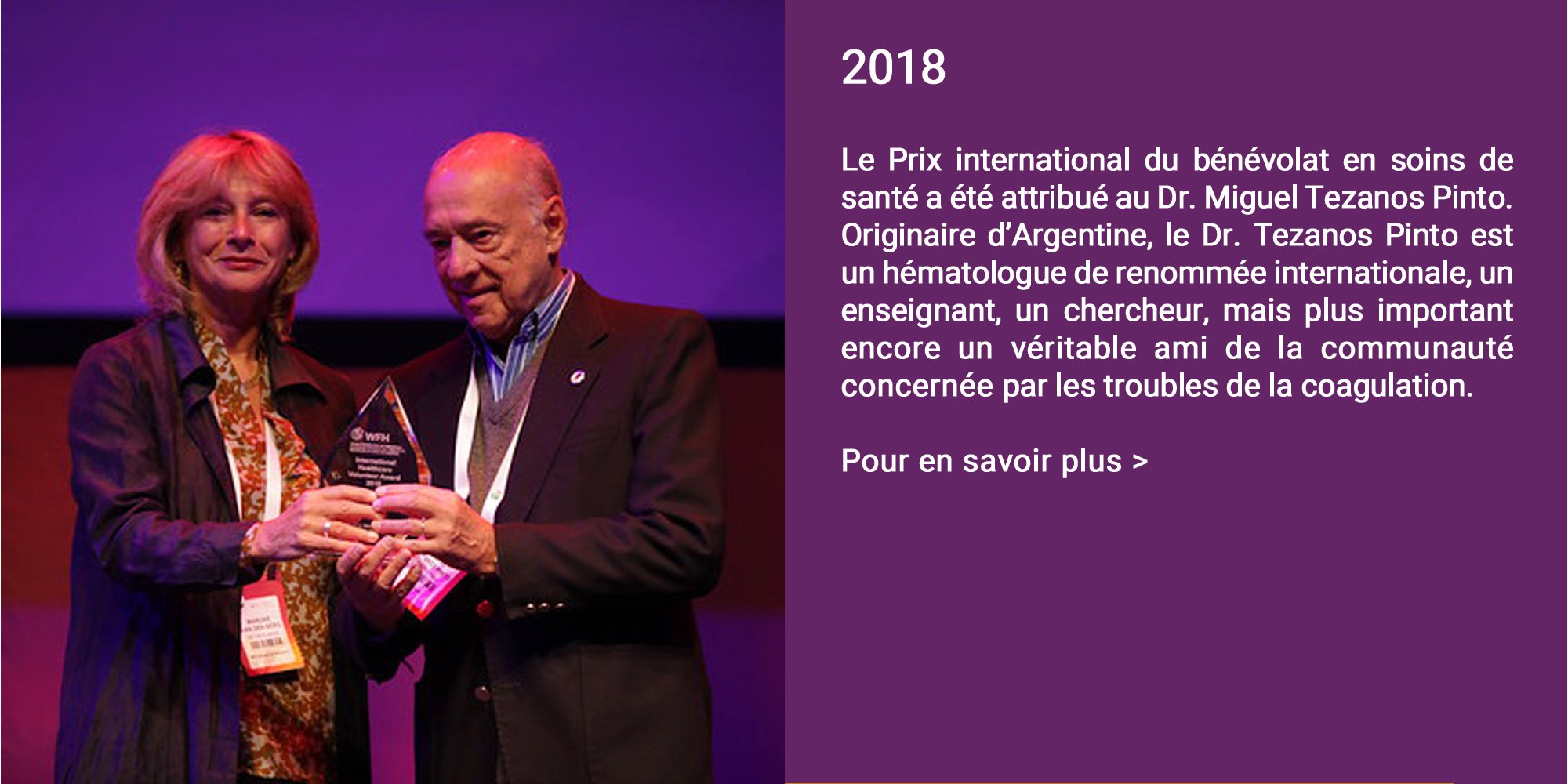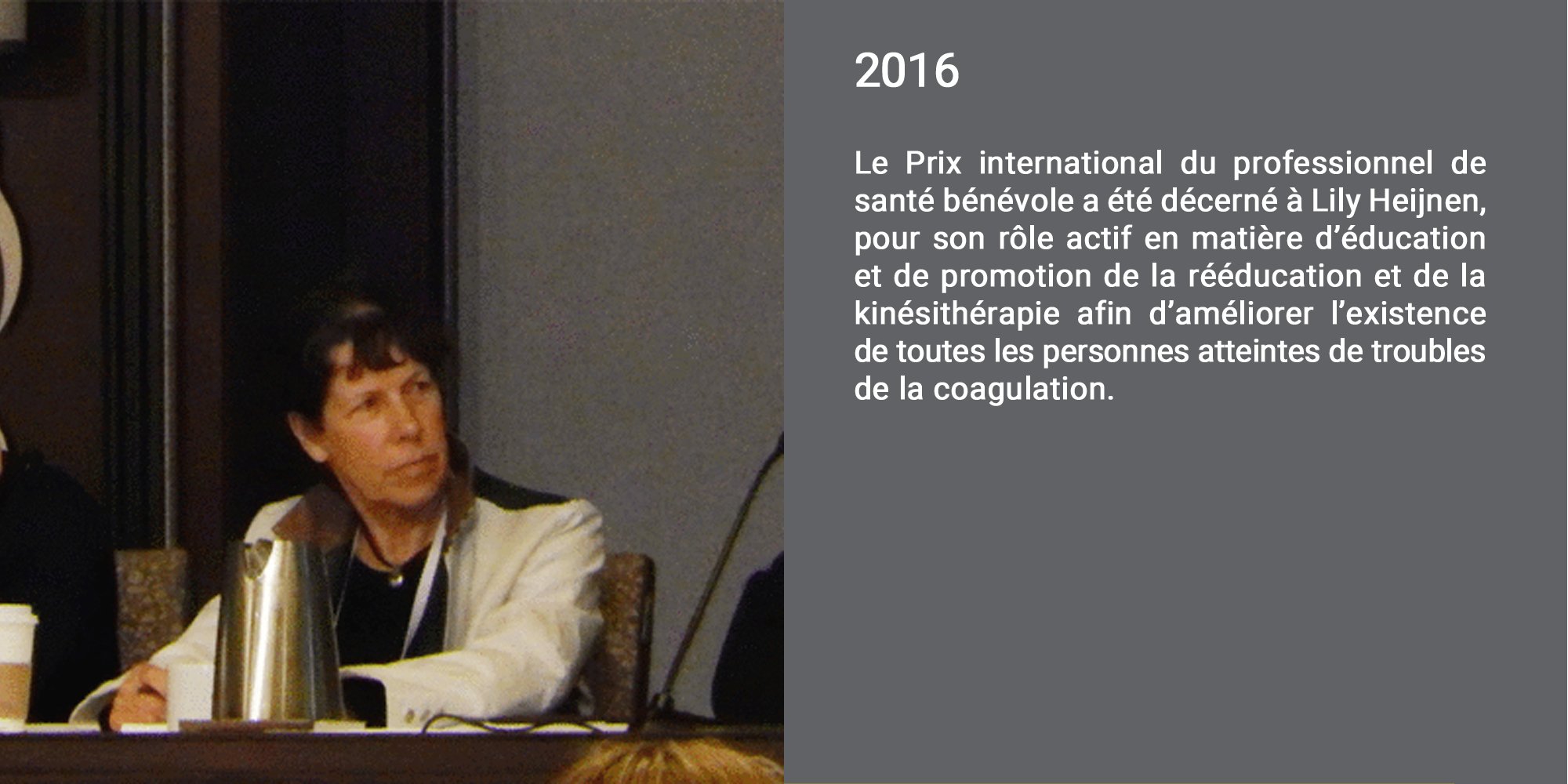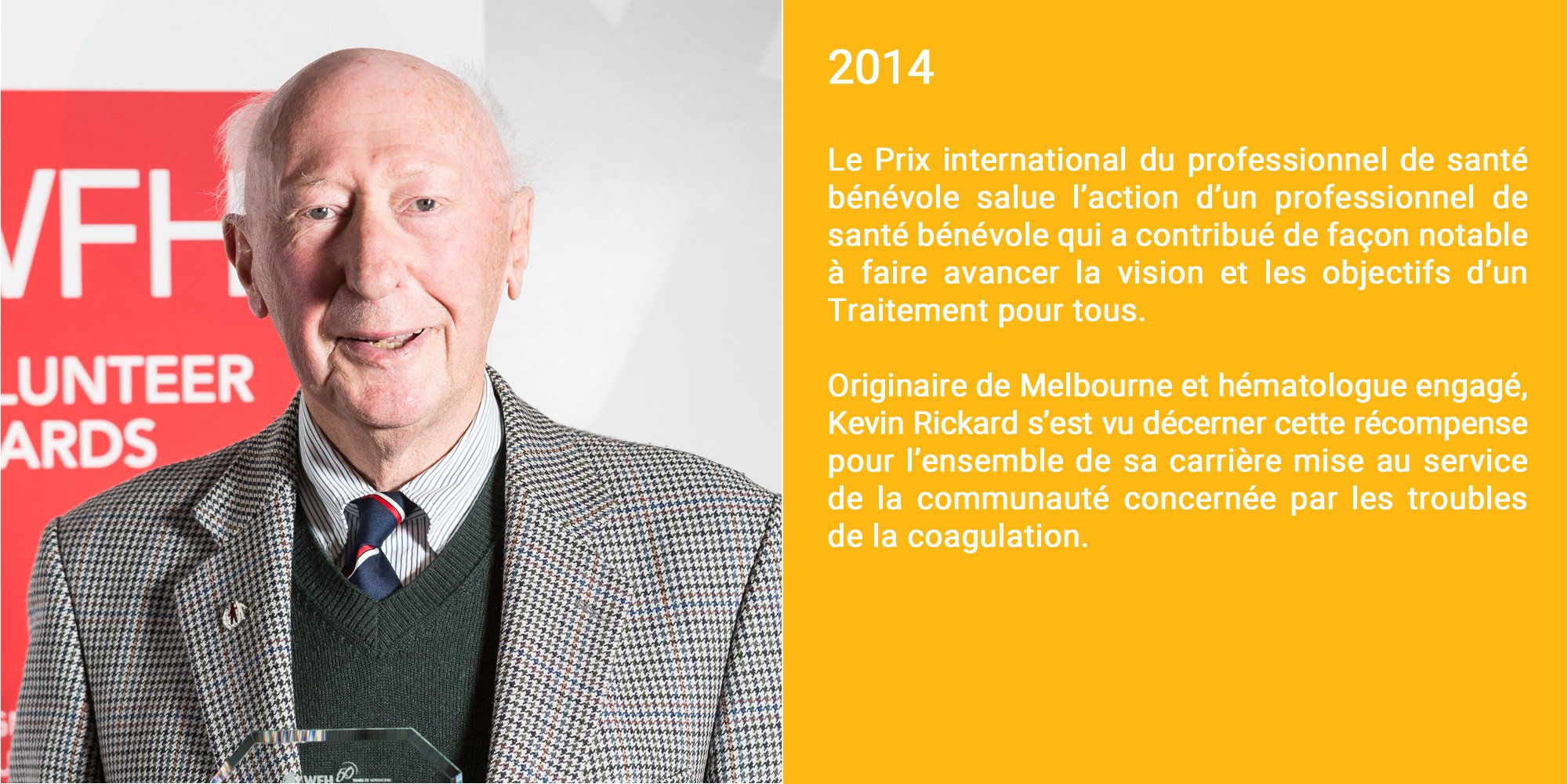Robert Sidonio Jr., Pediatric Hematologist at Aflac Cancer and Blood Disorders, U.S.A. gave a talk called, “Nomenclature for women with hemophilia/hemophilia carriers”. He said that about 1 out of every 5 people with mild hemophilia are female, and that hemophilia carriers have an increased clinically relevant bleeding tendency. The kinds of bleeding that one can expect to see in carriers are related to tooth extraction, surgery, delivery, hemarthrosis, menorrhagia, and epistaxis.
Angela Wayand, Assistant Professor at the Department of Pediatrics, University of Michigan, U.S.A, covered heavy menstrual bleeding (HMB) and iron deficiency in her presentation “Menstrual bleeding – iron deficiency”. She said that heavy menstrual bleeding is common in women and girls with hemophilia (WGH). HMB is associated with significant negative effects on quality of life. Iron deficiency with and without anemia is common in those with HMB. Optimal treatment requires menstrual suppression as well as iron repletion. He proposes new terminology to improve communication. The terminology and conceptual framework would be for the categorization of hemophilia A/B carriers accounting for personal bleeding history, genetic determinants and baseline factor level which will ultimately improve communication. He also recommends a focus on trial designs that accommodate those with mild hemophilia; the development of trials that allow women of reproductive age to participate easier; the development of tools using X-linked chromosome inactivation testing to predict levels and bleeding; and large-scale natural history studies with genotype, phenotype and QOL data.
“Joint health” was delivered by Michelle Sholzberg, Assistant Professor at the Department of Medicine at Unity Health Toronto, St. Michael’s Hospital, Canada. She began by saying that carriers classically have been thought to have limited (if any) bleeding symptoms. However, hemophilia carriers have higher bleeding scores compared to age-matched controls. They also have decreased joint range of motion compared to normal controls, evidence of structural damage in joints, and are at greater risk of low bone mineral density (BMD) and osteoporosis. In terms of understanding the lived experiences and exploring barriers to care, Sholzberg said that WGH feel like they are not being taken seriously and have a negative impression of the healthcare system. She went on to say that given recent evidence of musculoskeletal bleeding in women with and carriers of hemophilia, it is hypothesized that they may also be at risk for poor bone health. Sholzberg finished by stating that future approaches to better understand musculoskeletal health in women with—and carriers of—hemophilia should revolve around building the evidence and international collaboration.

